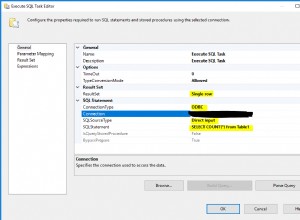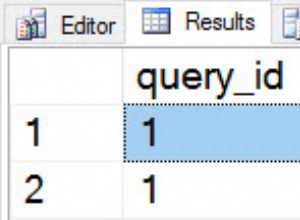आपके द्वारा वर्णित स्कीमा उस प्रकार की क्वेरी के लिए बहुत कुशल होगी जिसमें आप रुचि रखते हैं, बशर्ते आप अपनी टेबल पर सही इंडेक्स डाल दें। डेटाबेस सूचियों की तरह व्यवहार नहीं करते हैं:यह सवाल पूछने पर कि "XXX ने किन सौदों में भाग लिया" पूरी तालिका को स्कैन नहीं करना चाहिए, क्योंकि सही ढंग से अनुक्रमित तालिका को पता चल जाएगा कि XXX के सभी सौदे कहां मिलेंगे।
इसे ठीक से सेट अप करने के लिए, आपके माइग्रेशन इस प्रकार दिखाई देंगे:
class CreateStandardUsers < ActiveRecord::Migration
def change
create_table :standard_users do |t|
t.string :name
t.timestamps
# More fields go here
end
add_index :standard_users, :name
end
end
class CreateDeals < ActiveRecord::Migration
def change
create_table :deals do |t|
t.references :admin_user
# other fields go here
end
add_index :deals, :admin_user_id
# other indices go here... anything you want to search on efficiently.
end
end
class CreateDealParticipations < ActiveRecord::Migration
def change
create_table :deal_participations do |t|
t.references :standard_user
t.references :deal
t.timestamps
end
add_index :deal_participations, :standard_user_id
add_index :deal_participations, :deal_id
add_index :deal_participations, :created_at
end
end
इन माइग्रेशन में अभी भी बहुत कुछ है (उदाहरण के लिए आपको गैर-शून्य बाधाओं, विशिष्टता बाधाओं आदि को जोड़ना चाहिए)। लेकिन मुद्दा यह है कि इन सूचकांकों के होने से आप जिस डेटाबेस संचालन का वर्णन कर रहे हैं वह बहुत तेज़ हो जाता है।




